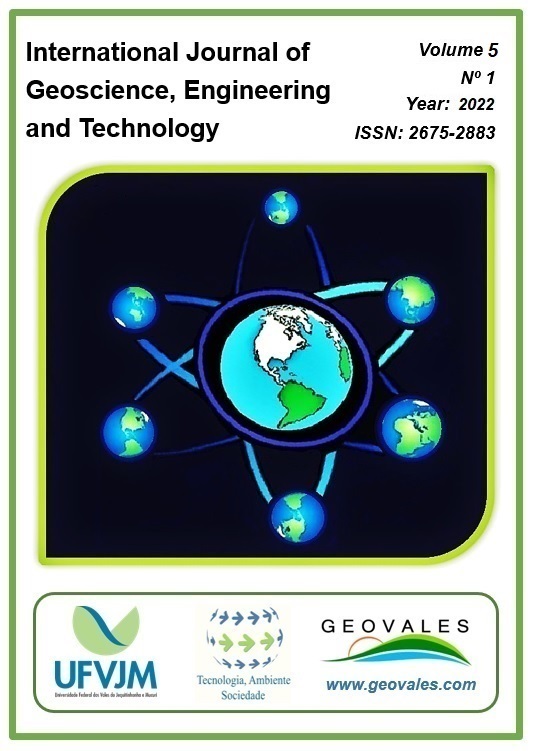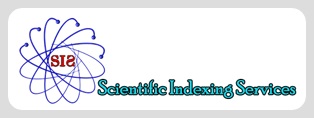Use of Ansys Workbench Computational Tool Applied to Teaching in Engineering Course
DOI:
https://doi.org/10.70597/ijget.v5i1.466Keywords:
Statics, Teaching-Learning Process, Numerical Modeling, Numerical SimulationAbstract
The statics of rigid bodies are analyzed and often misunderstood in engineering courses. With the advancement of technology, the use of computational tools can help the “teaching-learning” process and has become increasingly common, promoting the understanding of curriculum components, such as the resolution of theoretical activities and practical exercises. For the development of this work, the classic flat truss exercise was used, taken as the theoretical definition of the problem. Through this definition, we proceeded with a step of numerical modeling using a computational tool ANSYS WORKBENCH Student Version. The results were satisfactory considering the comparison between the calculated (theory) and numerical (CFD) results, corrected for a relative error in the range of 0.01% to 0.39%. In this sense, a numerical simulation is performed efficiently, and the ANSYS computational tool can be proposed in the teaching process of engineering courses.
References
ANSYS®, 2020. Structural Analysis Guide, Release 2020 R1, Help System. Mechanical APDL Structural Analysis Guide. ANSYS, Inc., Canonsburg, PA. 15317, p. 484.
De Castro, E.C., 2018. Procedimento para análise numérica com software ansys de uma viga em flexão com a forma t. REEC-Revista Eletrônica de Engenharia Civil, 14(1), pp.43-49. https://doi.org/10.5216/reec.v14i1.46511
Hibbeler, R.C., 2010. Estática - Mecânica para Engenharia, 12ª ed. São Paulo: Pearson Education do Brasil.
Popov, E.P., 1978. Introdução à mecânica dos sólidos. Editora Blucher.
Tenório, A., Costa, Z.S.S. and Tenório, T., 2014. Resolução de exercícios e problemas de função polinomial do 1º grau com e sem o GeoGebra. Revista do Instituto GeoGebra Internacional de São Paulo, 3(2), pp.104–119.
Downloads
Published
How to Cite
Issue
Section
License
Copyright (c) 2022 International Journal of Geoscience, Engineering and Technology

This work is licensed under a Creative Commons Attribution-NonCommercial-ShareAlike 4.0 International License.
All articles published in this journal are licensed under a Creative Commons Attribution-NonCommercial-ShareAlike 4.0 International.












